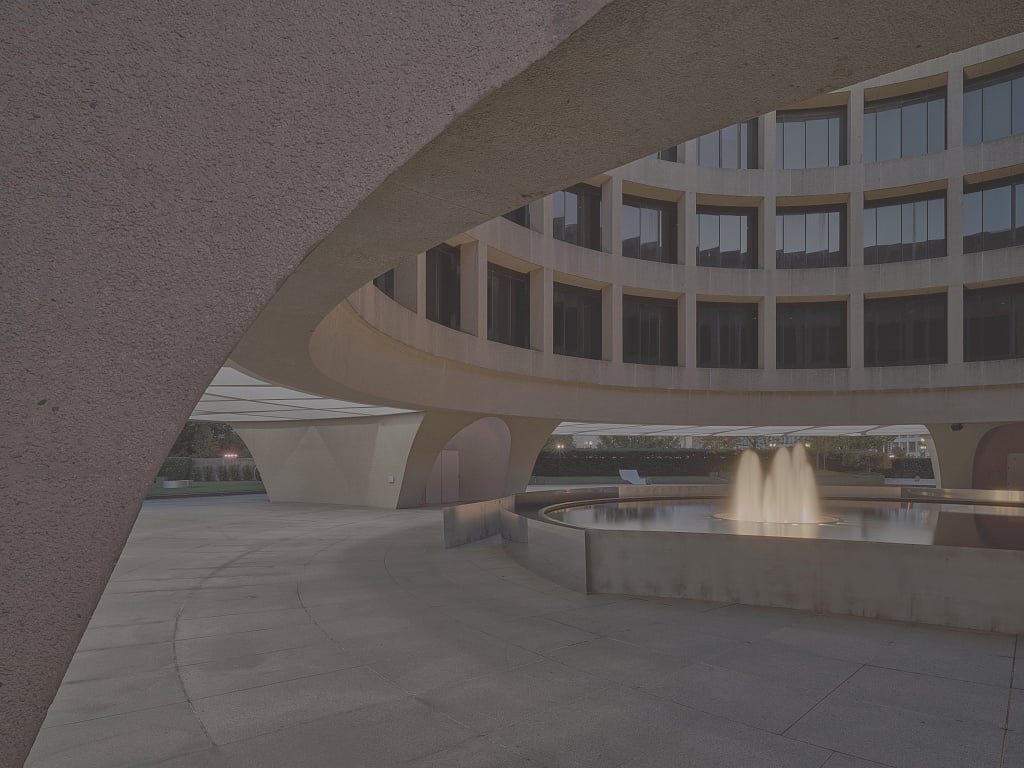Washington-area residents are used to thinking of the nation’s capital and its suburbs as a politically progressive place, with even traditionally more conservative Northern Virginia in recent years joining the District and Maryland as a Democratic stronghold. There is one area, however, in which Washington isn’t even close to being among the nation’s most forward-leaning metropolitan areas: The gender balance of its congressional delegation.
Of the 16 members of the House and Senate whose seats include portions of the DMV, only two are women. Remove Delegate Eleanor Holmes Norton—who represents the District in the House but does not have voting privileges—from that list, and you are left with just one woman in the nation’s sixth-largest voting area who can vote in Congress: Representative Jennifer Wexton of Northern Virginia. That puts Washington dead last in female representation in Congress among the nation’s 15 largest metropolitan areas.
Might this dubious distinction be about to change?
So far, there are four Democratic women hoping to knock off male congressional incumbents in Democratic primaries next year. All four face uphill climbs—running against well-known politicians who in recent years have coasted to re-election. But all four hope to take advantage of the disruptive political currents that have made many establishment politicians nervous about their electoral futures.
(In the last few election cycles, a handful of Republican women have challenged the Democratic incumbents in the dozen or so congressional districts that include at least part of the greater Washington region. But defeating a Democrat is a Herculean task in these districts, all but two of which—Maryland and Virginia’s First Districts, both held by white Republican men—tilt strongly Democratic.)
Victoria Virasingh, a woman of color who is challenging Don Beyer in Virginia’s Eighth District, says the overwhelmingly male cast of the greater Washington congressional delegation is not mere coincidence. It’s a function of the hyper-political culture here. “I think the reason that women face so many challenges in the DMV is that the campaign world, which is everything from staff to PACs to political consultants, tends to be dominated by men,” Virasingh, who has both a Latina and Asian background, told Washingtonian.
Brittany Oliver, a Black woman who is challenging Dutch Ruppersberger in Maryland’s Second District in 2022, said, “DC prides itself on being more progressive but there’s always more work to be done.”
Ally Dalsimer, a white woman who served on the Obama White House Climate Counselor, is challenging Gerry Connolly in Virginia’s 11th District. And Mckayla Wilkes, a Black woman activist who challenged Steny Hoyer in Maryland’s Fifth District in 2020, is running against him again after coming in a distant second place last year.
Whatever happens to these challengers, the Washington area has some explaining to do with its lackluster record on women representation. The national capital area has been largely insulated from one of the most consequential political trends of recent decades.
In the last half century, Congress has gone from having just 15 women to 143 representatives and senators. That is still just over a quarter of Congress, far behind many other countries. The United States ranks 67th out of 190 countries in the percentage of women in legislatures, according to the Inter-Parliamentary Union.















